The Mobile Packaging Program teams must be prepared to adapt to whatever they encounter when they carry out a material recovery mission in an unpredictable environment. So the program conducts regular training exercises.
National Nuclear Security Administration
November 18, 2022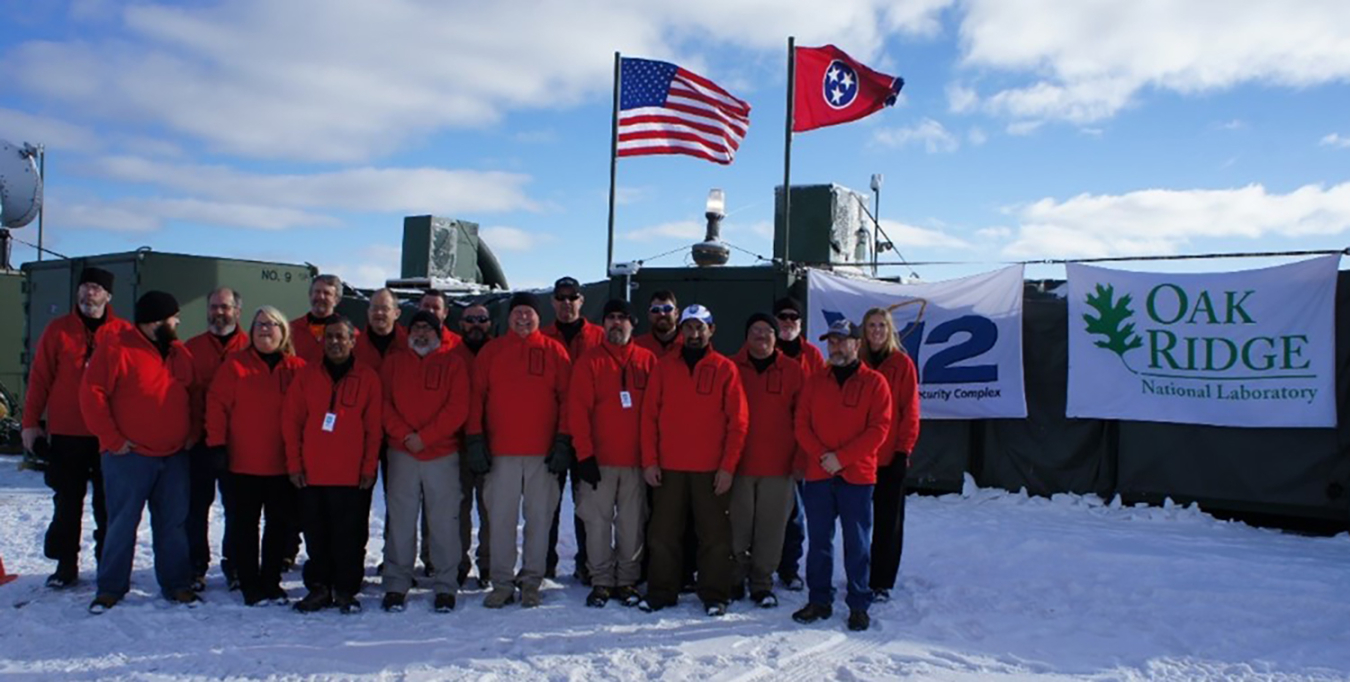
The adage “practice makes perfect” is certainly true in the safe packaging of nuclear material.
The U.S. Department of Energy/National Nuclear Security Administration plays a critical role in the Nation’s ability to prevent, counter, and respond to nuclear threats. As part of that mission, DOE/NNSA maintains the capability to rapidly deploy technical experts and specialized equipment anywhere in the world on short notice to safely characterize, stabilize, package, and remove nuclear materials.
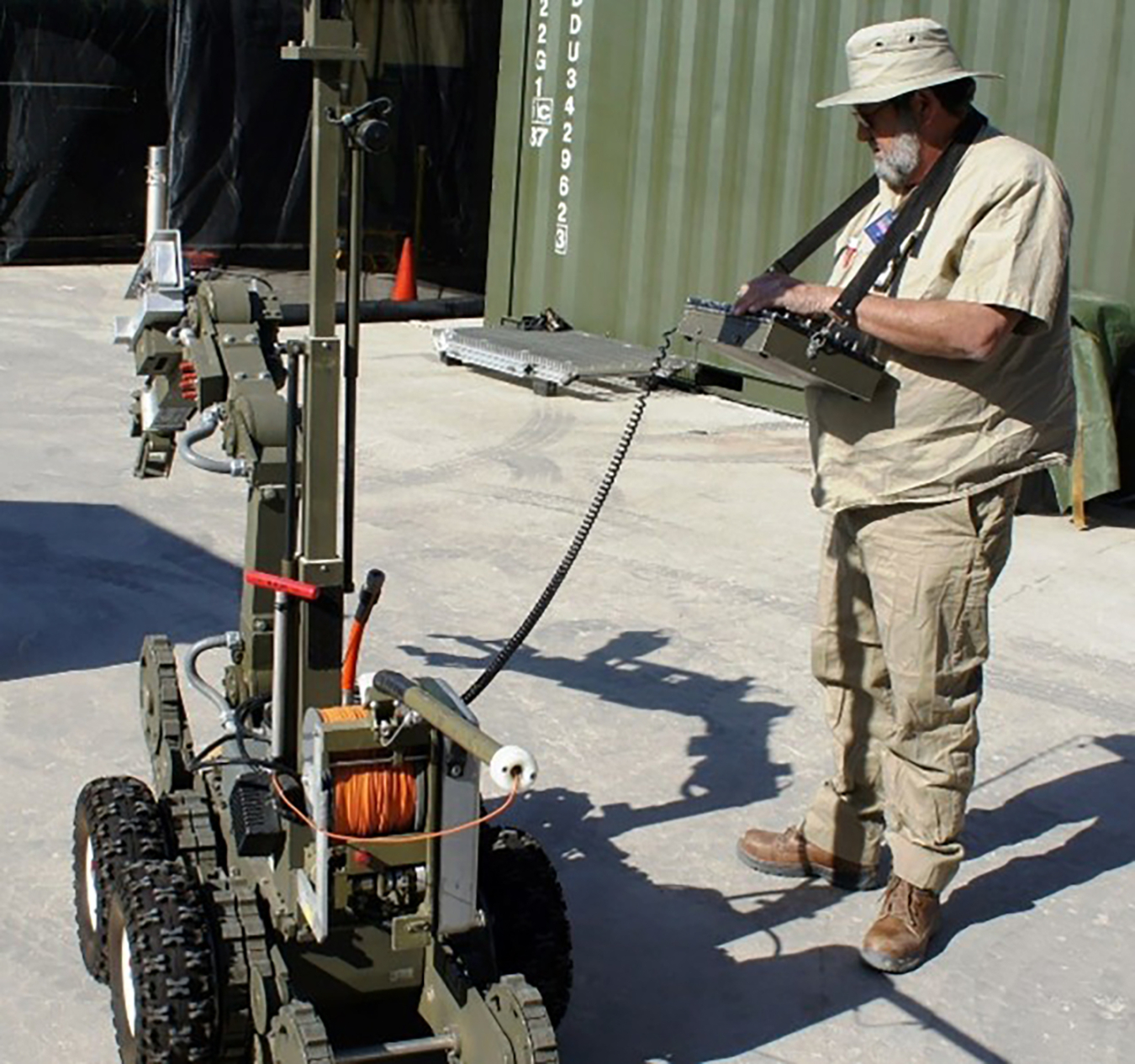
It takes a great deal of practice to safely work with nuclear materials in austere environments. It’s a no-fail mission, after all.
DOE/NNSA’s Mobile Packaging (MP) Program teams must be prepared to adapt to whatever they encounter when they carry out a material recovery mission in an unpredictable environment. Because of this, the program conducts regular training exercises, designing them around real-world threat assessments, meteorological challenges, and logistics for varied locations.
These exercises have traditionally focused on two broad competencies: technical and logistical. Above all, the program team needs to ensure that it can get where it needs to go and then characterize, stabilize, and package nuclear material once it gets there – all without the reliable nuclear facility or laboratory infrastructure that we rely on for normal, long-planned operations. While demonstrating the ability to perform this complex mission is the primary goal, being able to do so under widely varying circumstances is also critical. The exercise scenarios incorporate challenging weather, austere environments, unusual material forms or packages, as well as simulated mechanical failures or medical emergencies.
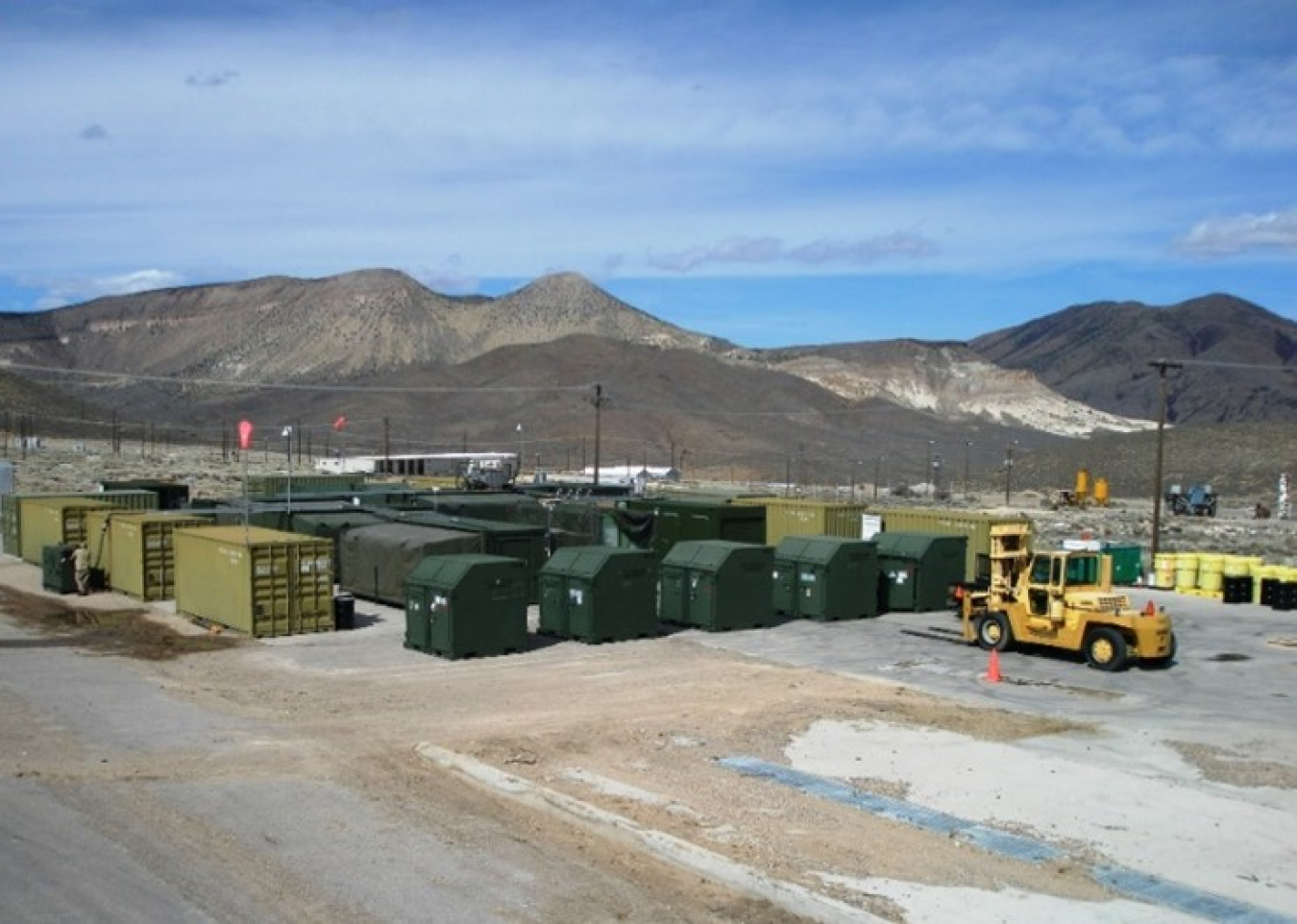
The first exercises the MP team carried out were designed to test whether the Mobile Uranium Facility and Mobile Plutonium Facility could execute their missions anywhere on earth. The first full-scale exercise of the two systems was intended to test the facilities and the teams’ abilities to operate in arid locations and high temperatures. While these conditions posed several challenges, a particularly important lesson learned was how to overcome the unexpected hassle of managing dust. Subsequent exercises tested the MUF and MPF teams and facilities in the artic and the tropics, yielding further significant lessons relating to managing cold, wind, and water.
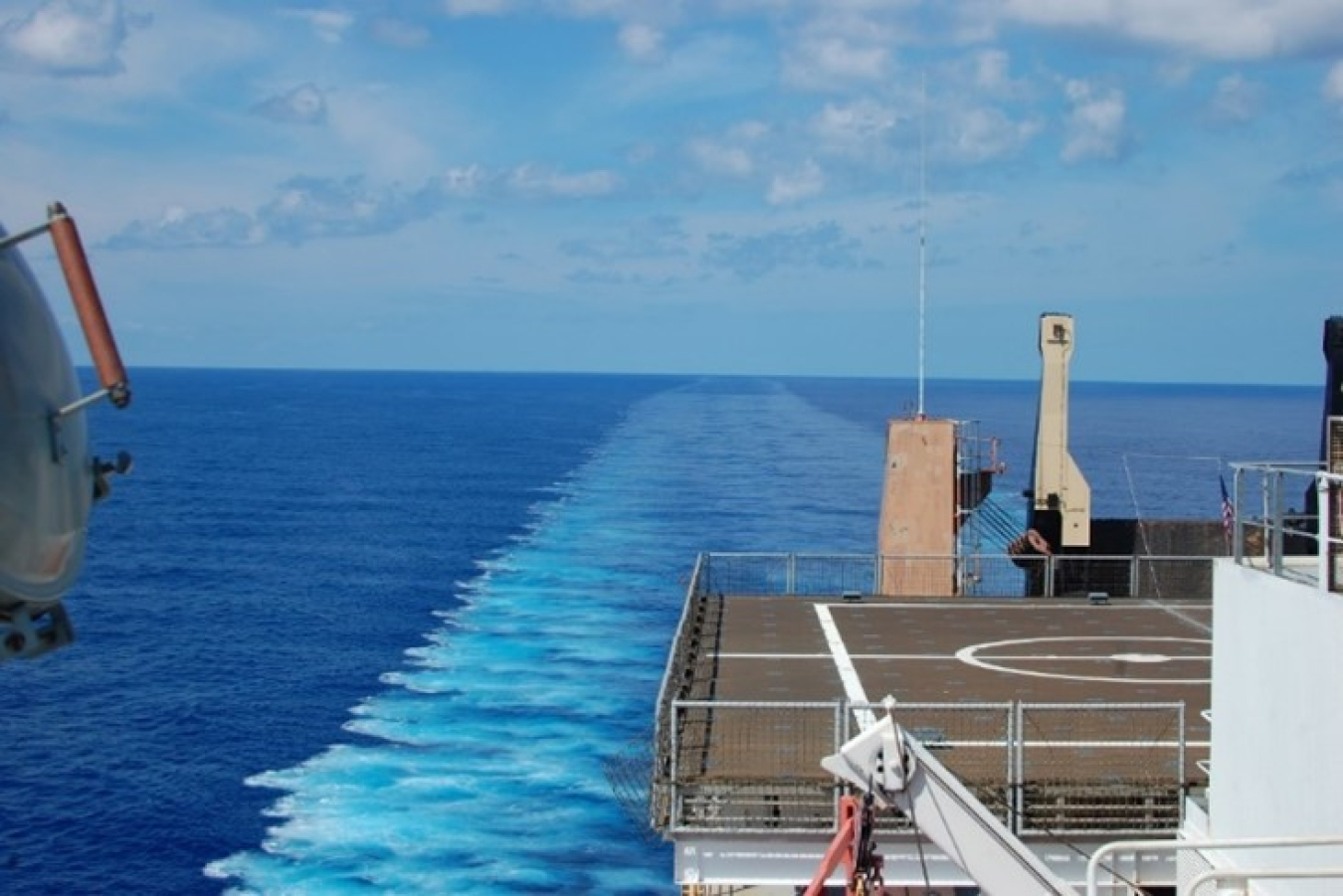
Teams of skilled maintenance and rigging personnel work to quickly address any facility-related issues – real or simulated – so that the packaging mission can continue. Similarly, the operations staff and material handlers practice receiving and handling all manner of simulated material safely under varying conditions, including during a glovebox malfunction or medical emergency.
As the program evolves, the scenarios do as well, generally becoming more complex and involving additional mission partners. Recent exercises have tested the ability to operate the facilities on a vessel at sea; to handle real (vs. simulated) nuclear materials; and to deploy overseas. The program is also working towards more frequent smaller-scale exercises, allowing the team to focus on specific mission challenges as threats evolve. Regardless of the form they take, exercises are an essential element of DOE/NNSA’s ability to remain ready should nuclear material need to be recovered on short notice.
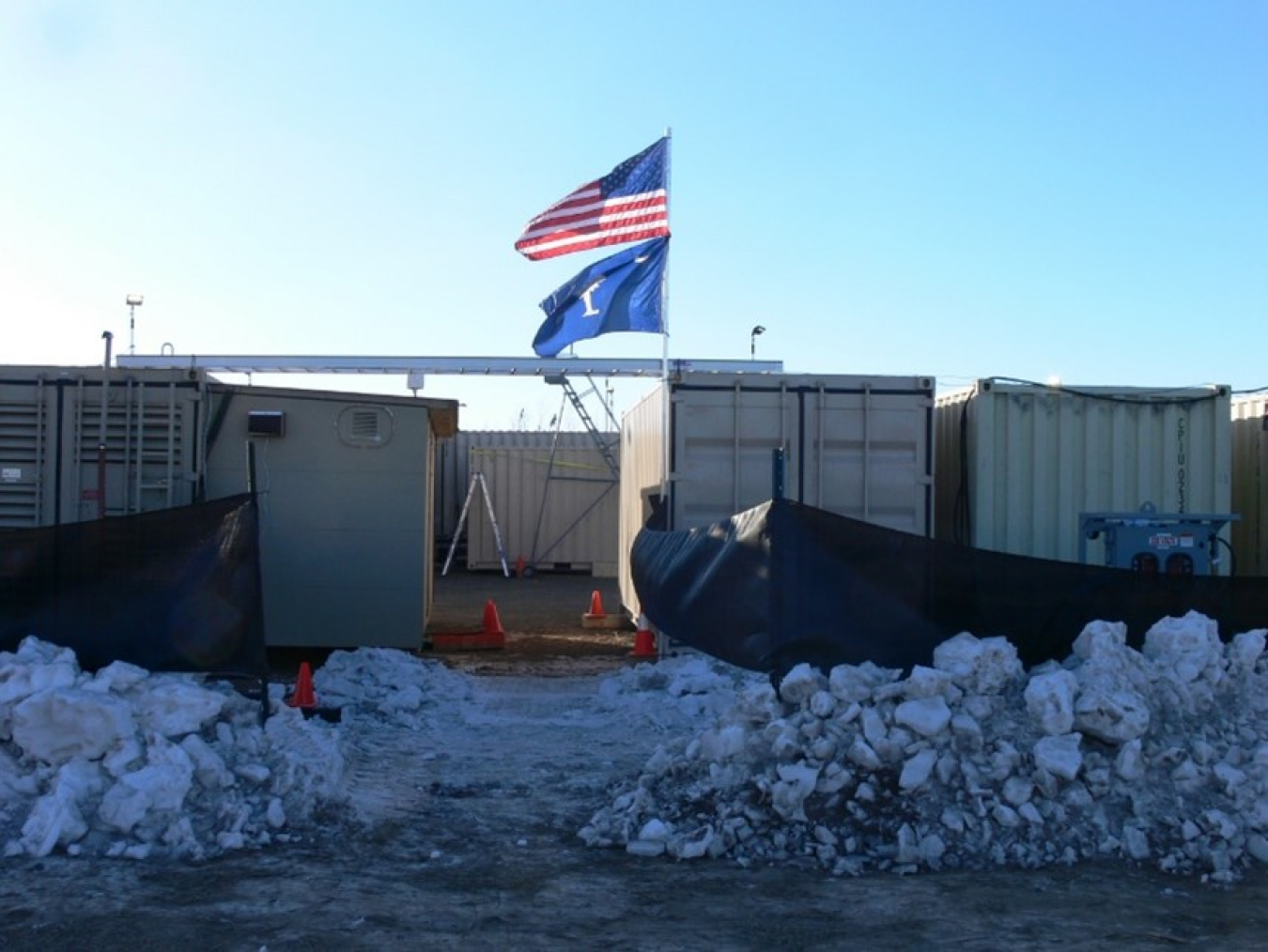
NNSA partnered with the Defense Threat Reduction Agency and the United Kingdom’s Ministry of Defence to exercise two rapid response capabilities critical to national security: the Mobile Uranium and Mobile Plutonium Facilities.
The Mobile Packaging Program has evolved over time as a result of lessons learned from exercises and real-world missions to recover nuclear material. Here's a look at the events that shaped the program.

